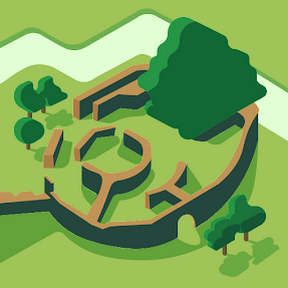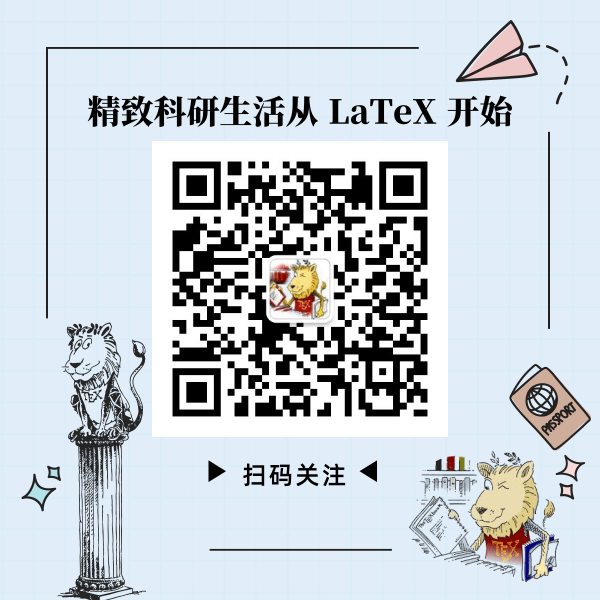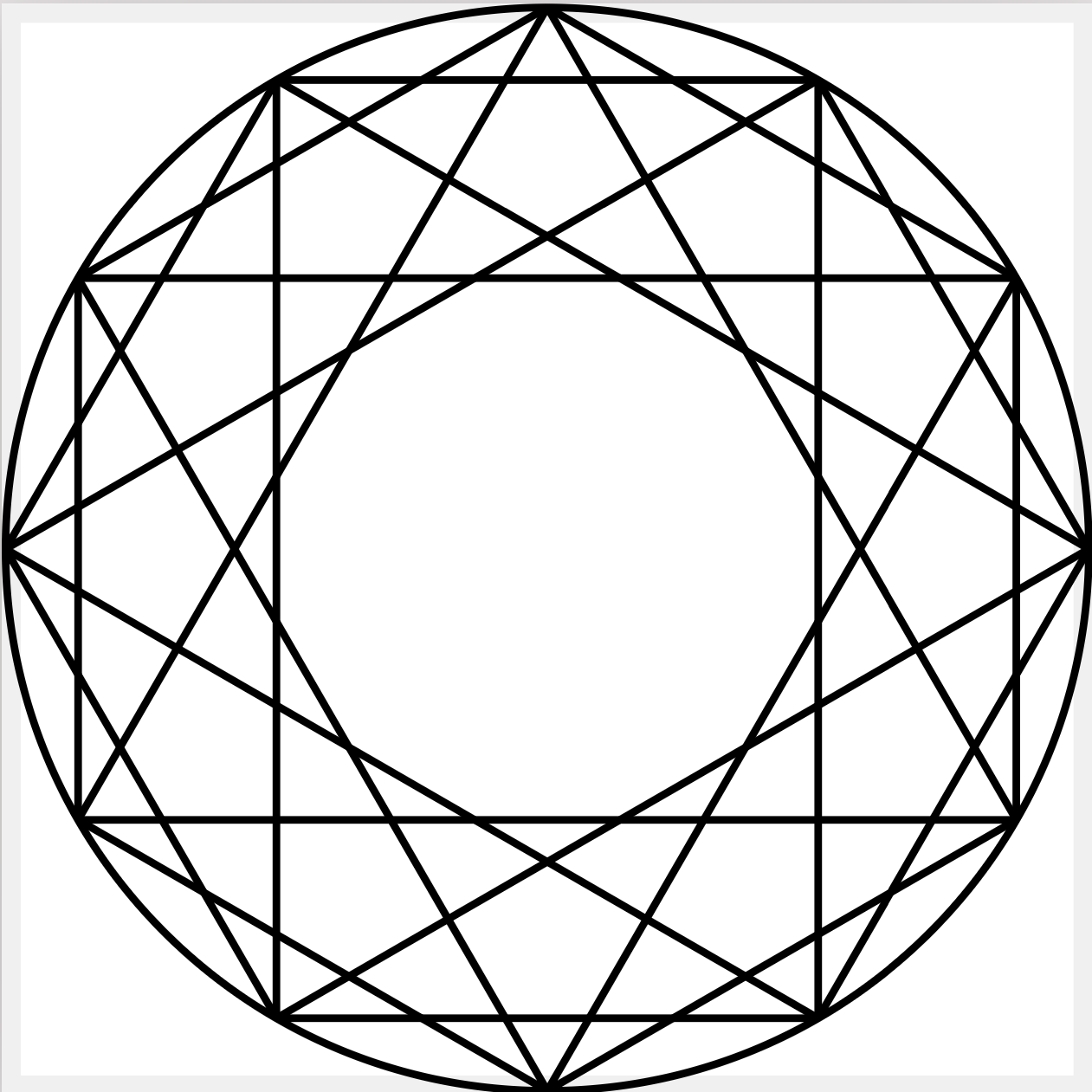10 更改 tikz-qtrees 中 level distance 的计算方式
发布于 2025-09-11 18:03:12
tikz 的 level distance 可不可以更改一下计算方式:

就像上面这幅图那样, 第二次计算 这个 40pt 是按照蓝色这个长度计算的 ? MWE 如下:
\documentclass{article}
\usepackage{tikz}
\usepackage{tikz-qtree}
\begin{document}
\begin{tikzpicture}[
grow=right,
level distance=40pt,
sibling distance=10pt,
every tree node/.style={anchor=west, inner sep=0pt, outer sep=0pt, draw},
every level 0 node/.style={anchor=east, inner sep=0pt, outer sep=0pt},
edge from parent/.style={
draw,
edge from parent path={
(\tikzparentnode.east) %-- +(8pt, 0pt)
|- (\tikzchildnode.west)
}
},
]
\Tree
[.Root Node
[.AAA-1 ]
[.AAA-2 ]
[.AAA-BBB-X ]
[.AAA-3
[.BBB-3 ]
[.BBB-4 ]
]
]
\end{tikzpicture}
\end{document}关注者
0
被浏览
997










上午翻了一会子文档和源码,发现
tikz-qtree宏集的组成是:前两个是底层的,后两个是用户层的。
TikZ自己处理树时,就像上面给出的测试一样,使用的是growth parent anchor键,它决定了父结点的生长锚点,用来确定父结点与子结点的边界距离计算和布局问题。在这个提问中其值就应该是east,这在TikZ的树的写法中是可行的。TikZ构建子结点时,因为可以使用growth parent anchor这个机制,所以同级结点可以不用对齐,然而后果就是可能重叠。然而,将这个键传给tikz-qtree后,什么也不会发生。有点懵……或许下一步该看看为什么tikz-qtree的树不会重叠,或者说tikz-qtree怎样处理growth parent anchor……